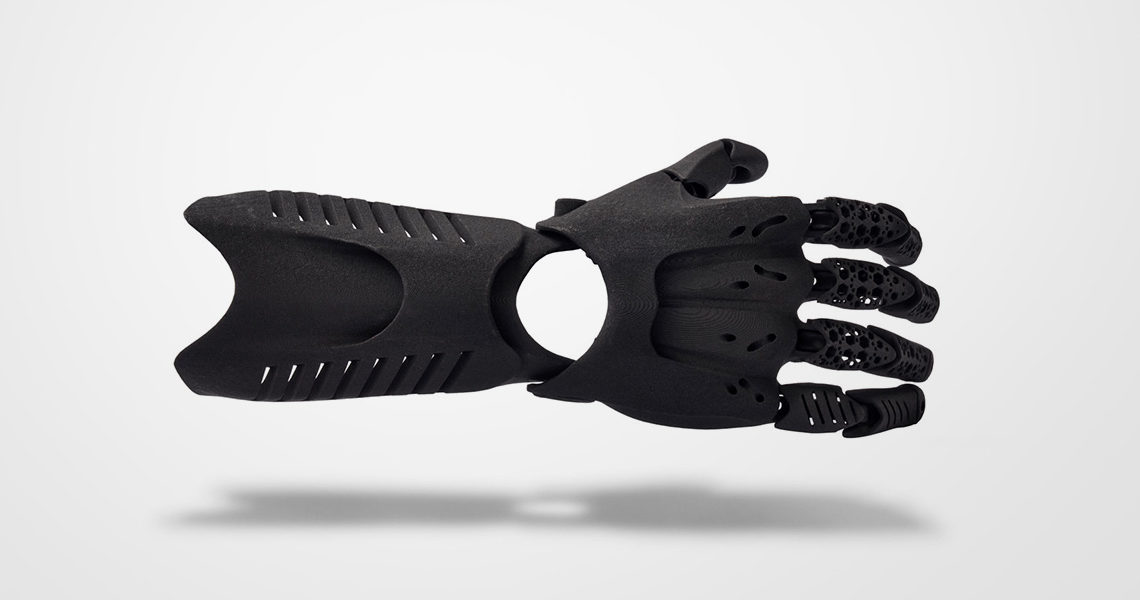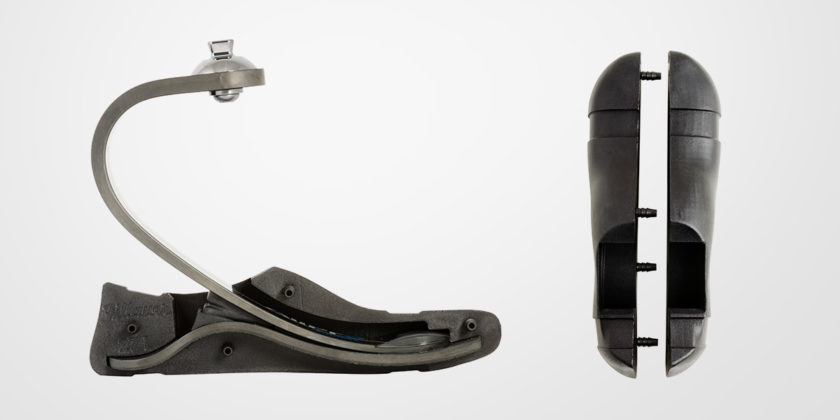
When Chuck Hall created 3D printing in 1983, he probably never knew just how much it would revolutionize the healthcare industry. 3D printing already has a rich history in the world of medicine, and its influence grows more and more every year. Here’s how 3D printing in the medical field is changing the healthcare industry.
How 3D Printing in the Medical Field is Revolutionizing the Healthcare Industry
3D printing in medicine has provided the healthcare industry with immense opportunities, and the global expansion of technology is only increasing these opportunities. The main broad categories of 3D printing in medicine are:
- Organoid, organ, and tissue fabrication
- The development of customized implants, anatomical models, prosthetics, and implants
- Engineering medical devices
- Pharmaceutical research into dosage forms, discovery, delivery, and drug fabrication
- Manufacturing surgical implements
3D printing in medicine has applications ranging from engineering personalized projects to compressing the supply chain to reducing the cost and lead times in various sectors in the healthcare industry.
Less Expensive Production Costs
3D printing allows doctors to print models of patients’ organs from their CTs, MRIs, X-Rays, and ultrasounds. Surgeries cost an estimated $2000, or thereabouts. By practicing on bioprinted models of organs, surgeons can practice complex operations on these models and as a result, reduce surgery times up to 30 percent.
3D printing in medicine is also a cost-effective way to produce surgery tools. Sets can be engineered in mere hours and even modified for a surgeon’s specific needs. The cost is less than other traditional methods of making surgical implements, and they are often more precise because of the technology. Surgeons can also have smaller surgical instruments made for use in tiny spaces in the body.
This also means that poverty-stricken areas can receive the tools that they need. For instance, after the earthquake in Haiti, Field Ready used 3D printing to produce the medical supplies they needed to improve the healthcare available for people residing in remote areas in Nepal.
Organoid, Organ, and Tissue Fabrication
The medical research and laboratory company Organovo is bioprinting intestinal and liver tissues to study organs in vitro and develop new drugs for certain diseases. They’ve already provided pre-clinical information on type 1 tyrosinemia.
Researchers at Universidad Carlos III de Madrid are developing 3D printing of skin for burn victims. Skin grafts are incredibly painful and don’t always provide the best aesthetic results. Other solutions, such as hydrotherapy produce limited results.
3D printed ovaries have also been implanted into mice to find a solution to some of the most distressing medical conditions that women face. In 2016, scientists implanted ovaries made from cells and gelatin into mice.
Biomedical engineers at Pohang University in South Korea used living tissue and a printer in 2017 to develop bio-blood-vessels. This development is crucial for furthering researchers’ endeavors to clone full-sized, complex organs. While scientists estimate that we are still at least a decade away from 3D printing complicated organs such as hearts that can be transplanted, livers and kidneys could be available within six years.

Customized Implants, Anatomical Models, Prosthetics, and Implants
3D printing in medicine has helped make prosthetics and implants less expensive and available to more people. These prosthetics are custom-made for each person so that they feel and fit much better than mass produced prostheses. Doctors can send an image of a patient’s knee, for example, and engineer a knee replacement that matches the patient’s specific measurements and requirements.
As early as 2014, The Centre for Applied Reconstructive Technologies in Surgery (CARTIS) were offering technologically advanced 3D printing services for surgical guides, medical models, and custom prosthetics and implants. In March of 2014, they made headlines with a patient whose face was damaged severely in a motorcycle accident. Titanium facial implants were used to rebuild his face. Others followed suit by implanting printed jaws, hips, and complete skulls.
Additive manufacturing is also used today to create personalized solutions such as orthotic insoles and hearing aids. The healthcare industry makes these products regularly.
Cancer Treatment and Research
Cancer cells and diseased cells are also being printed to study them more effectively. Scientists can study how tumors and abnormal growths develop and grow. 3D printing in medicine has taken a crucial role in analyzing cancer cells and developing cancer treatments, as well as more efficient drug testing. Eventually, bioprinting may help develop a cure for cancer in our lifetime.
Pharmacology and 3D Printing
Many Americans take multiple pills every day, and 3D printing in medicine will enable the personalization of drug treatment to each person. 3D printed capsules can house several drugs inside that release at different times.
Researchers are studying a polypill that holds three medicines, and the preliminary results are promising. Hopefully, this will reduce unpleasant requirements and adverse drug interactions. At the very least, it reduces the number of medications that people will need to take. It allows pharmacologists to have a level of precision like never before.
From medical supplies to transplant organs, bioprinting is beneficial to just about every sector. 3D printed technology such as bone replacement and printed organ technology is evolving every day with many people contributing to its advancements. All eyes are on the future of the healthcare industry and the various offerings of additive manufacturing.
Interested in 3D Printing Medical Parts With Shapeways?
Read case studies from business that have printed with us and learn more about how Shapeways can support your medical business.


